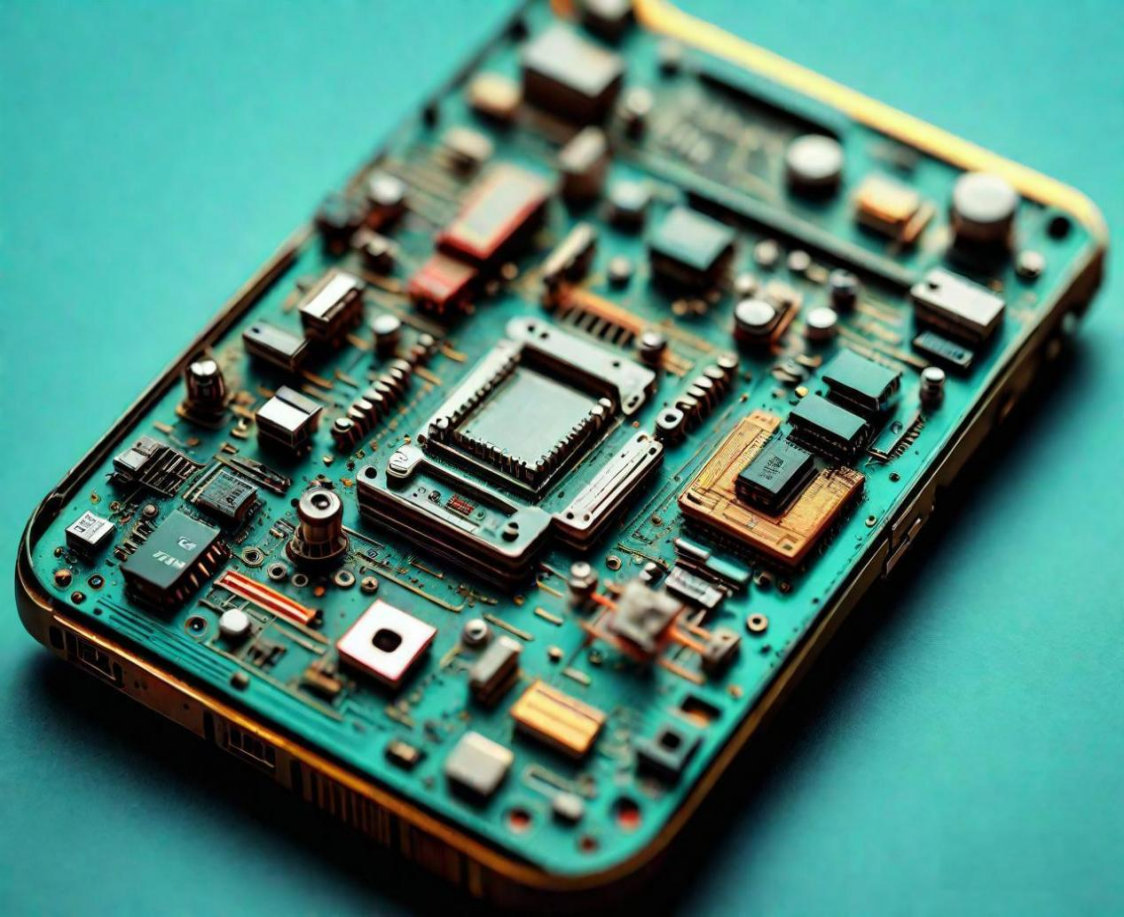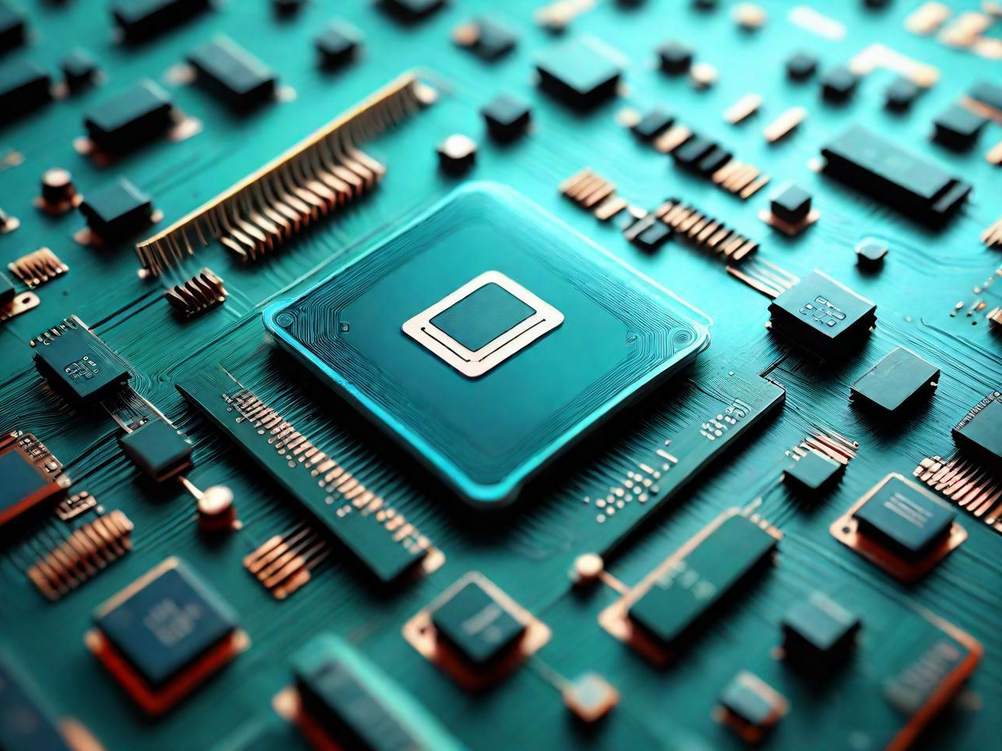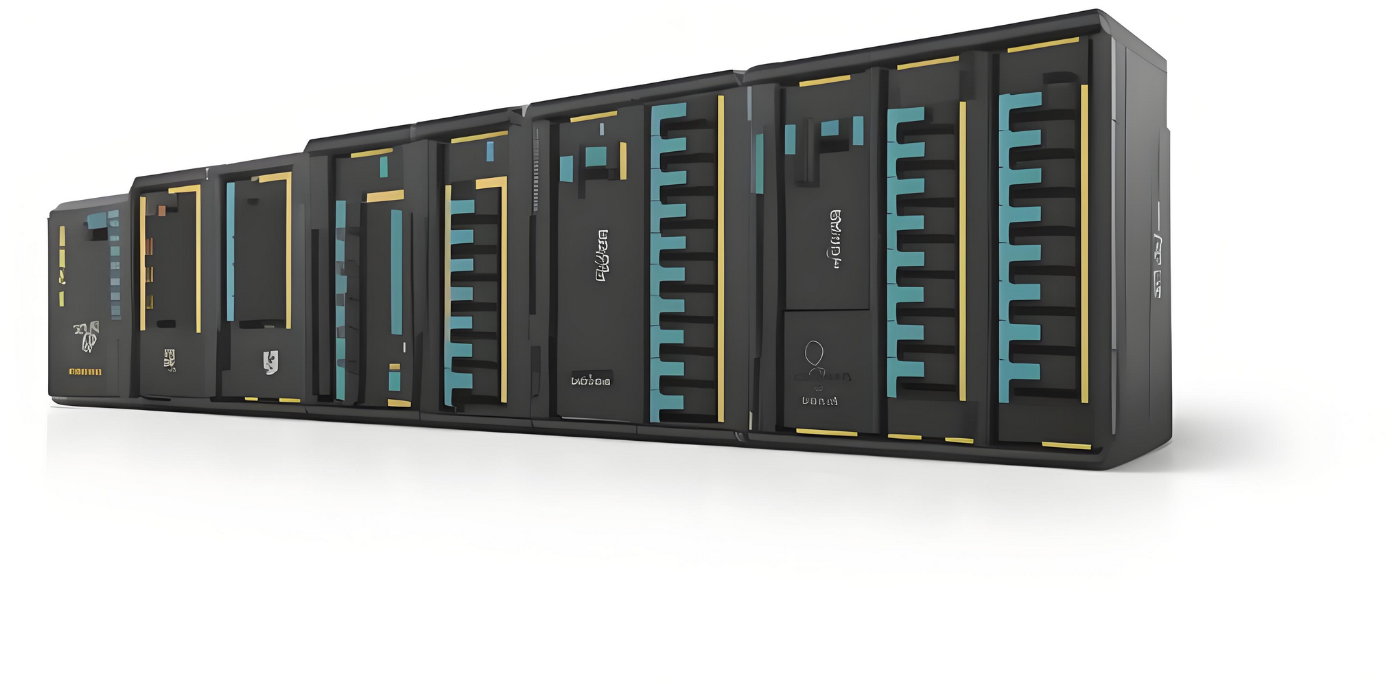

 Time:2024-02-27
Time:2024-02-27
 Author: evvo
Author: evvo
 Read: 808times
Read: 808times
1. Power management: Smart phones need efficient and stable power management, in which discrete semiconductors play an important role. For example, MOSFETs are used to control the switching of batteries and power supplies, and diodes are used to protect circuits from damage caused by reverse voltages.
2. Radio frequency amplifier: Radio frequency amplifier is the core of mobile phone communication system, discrete semiconductors such as transistors and MOSFETs are used to amplify signals to ensure the stability and clarity of communication.
3. Audio amplifier: The audio amplifier is responsible for processing the audio output of the mobile phone, and the discrete semiconductor plays the role of amplifying and adjusting the audio signal here.
4. Protection circuit: In order to protect the mobile phone from external shocks and voltage mutations, discrete semiconductors such as TVS (transient voltage suppression diode) and ESD (electrostatic discharge) protection devices are widely used.

Although discrete semiconductors play an important role in smartphones, they also face some challenges:
Space constraints: As the size of smartphones continues to decrease, how to integrate more discrete semiconductors in a limited space is a challenge.
Thermal management: Discrete semiconductors generate heat during operation, and how to effectively dissipate heat in a compact space is a technical challenge.
Reliability: The reliability of discrete semiconductors directly affects the overall performance and life of the phone.
To address these challenges, semiconductor manufacturers continue to make technological innovations, such as developing smaller package technologies and improving the thermal efficiency and reliability of devices.
Future outlook
With the continuous progress of technology, the application of discrete semiconductors in smart phones will be more extensive and in-depth. Future smartphones may feature more advanced discrete semiconductor technologies, such as gallium nitride (GaN) devices, that not only improve performance, but also reduce power consumption and cost.
Discrete semiconductors are an integral part of smartphones, where they play a key role in power management, RF amplification, audio amplification, and protection circuits. Despite the challenges, discrete semiconductors will continue to drive the development of smartphone technology through continuous technological innovation.


